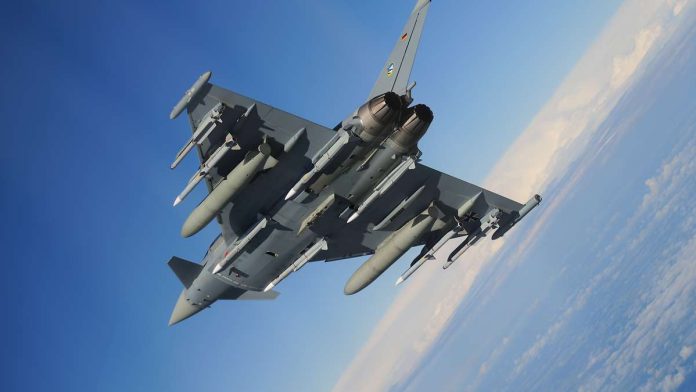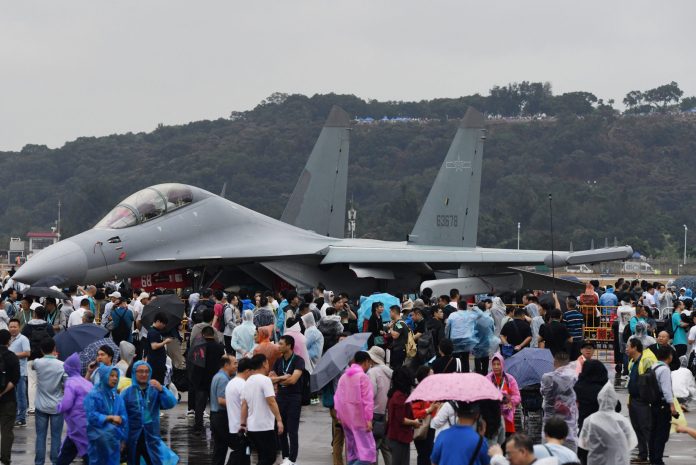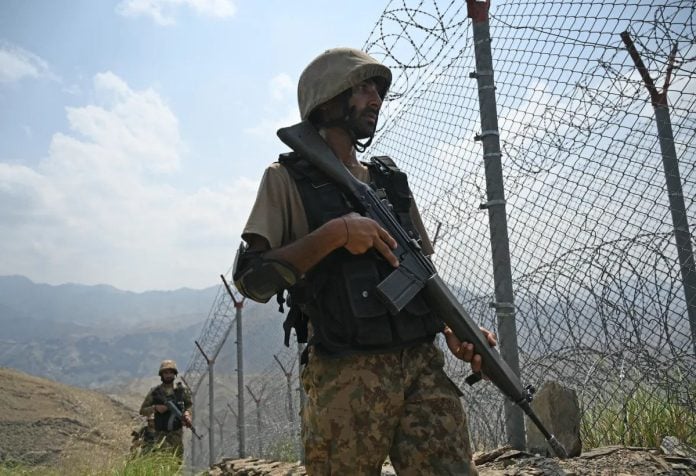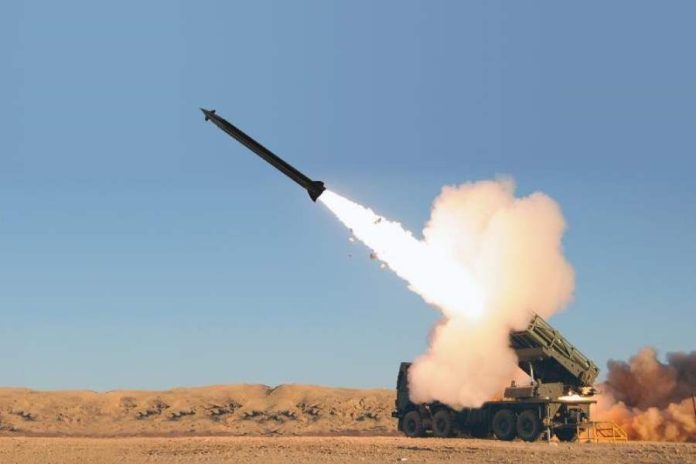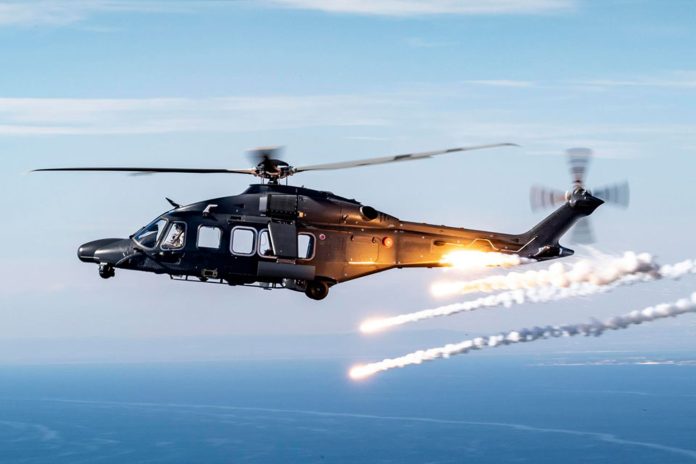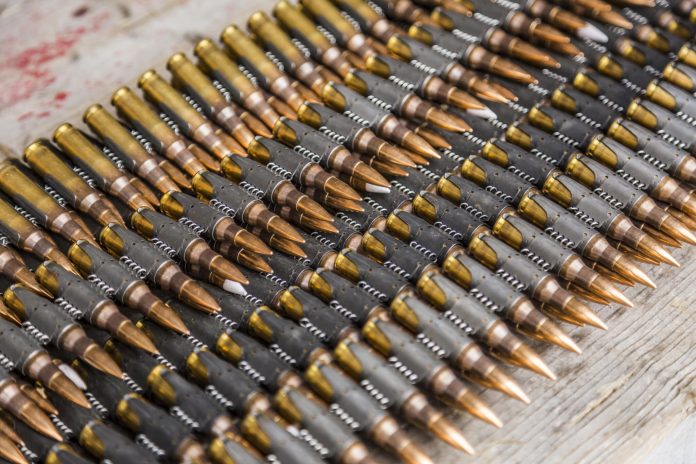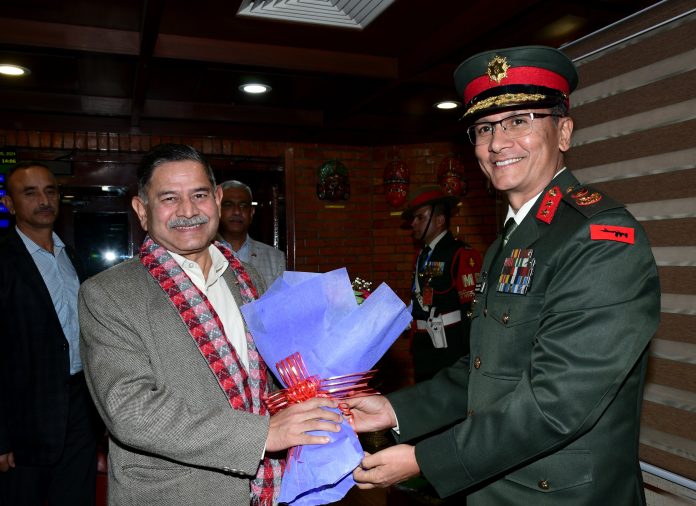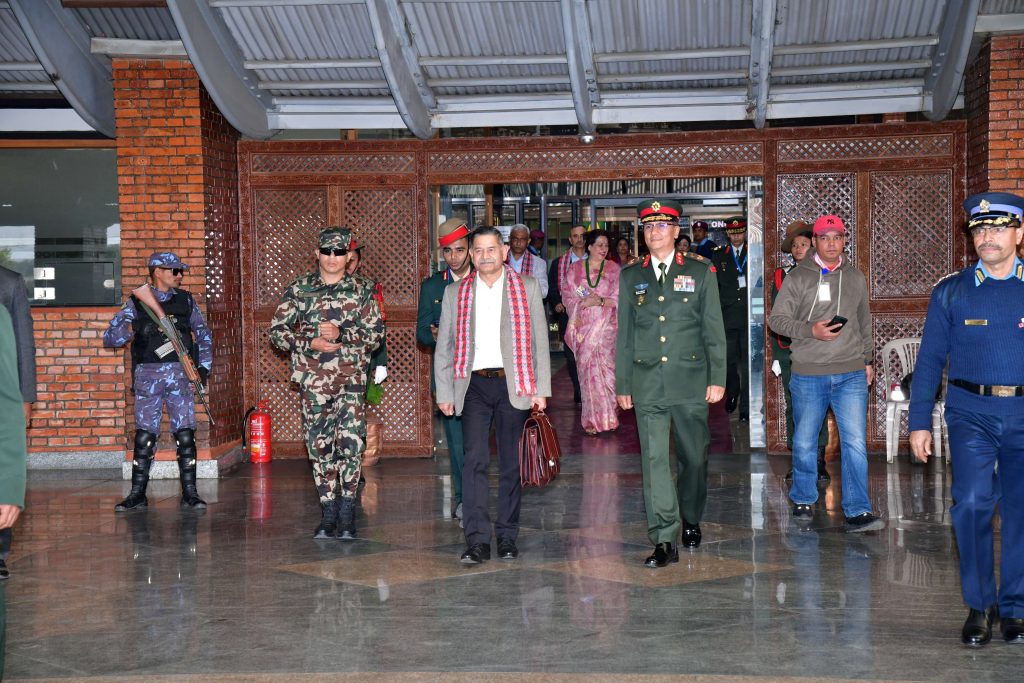The German Parliament’s budget committee has taken significant steps toward enhancing the capabilities of the country’s defense forces by approving three notable projects. These projects include the procurement of additional Meteor air-to-air missiles for the German Airforce’s Eurofighter Typhoons, the development of advanced Striker II helmet-mounted displays for pilots, and training initiatives under the “Digitalisation of Land-Based Operations” (D-LBO) program.
A substantial allocation of 521 million euros (approximately $550 million) has been earmarked for the purchase of a third batch of Meteor missiles. This transaction follows previous procurements of 150 missiles in 2014 and an additional 100 in 2018. Recognized globally as one of the most advanced weapons in its class, the Meteor missile boasts an impressive range of about 200 kilometers (124 miles). Its innovative ramjet design allows it to maintain speed and energy throughout its trajectory, substantially enhancing its attack potential. Furthermore, the missile is equipped with an active radar seeker for accurate targeting and incorporates network-centric capabilities, allowing for real-time updates during flight for precision adjustments.
According to a statement from the German Ministry of Defence, the Meteor is crucial for air combat, particularly against medium-range targets. The ministry emphasized that the missile significantly bolsters the assertiveness and survivability of the Eurofighter weapon system. Furthermore, Berlin has allocated 34.9 million euros ($38.19 million) for ongoing research to develop an upgraded version of the Meteor.
In addition to the missile procurement, the budget committee approved funding of 63 million euros ($66.42 million) for the development of the Striker II helmet-mounted display in collaboration with the UK and Italy. This advanced system is designed to enhance pilot situational awareness and overall aircraft effectiveness, replacing the Striker I, which has been in use for two decades. BAE Systems, which is leading the development, asserts that the Striker II will provide pilots with unmatched situational awareness, next-generation night vision capabilities, optional 3D audio features, and proven target tracking technology—all integrated into a digital helmet-mounted display system. The UK’s investment of 40 million pounds ($50.62 million) in this project will facilitate broader collaboration among the three nations, with procurement expected to begin in 2027.
Lastly, the budget committee approved an investment of 64 million euros ($67.54 million) for training as part of the D-LBO program. This initiative aims to equip the German land forces with cutting-edge information and communication technology. The funding will not only cover training costs but also the construction and deployment of training facilities to support the program’s objectives.
These approvals reflect Germany’s ongoing commitment to enhancing its defense capabilities and modernizing its military infrastructure in collaboration with allied nations.

